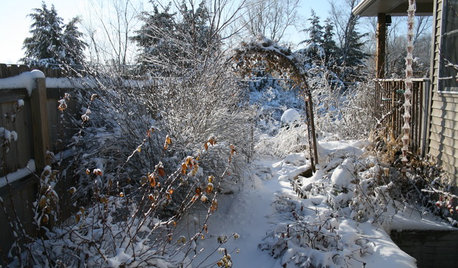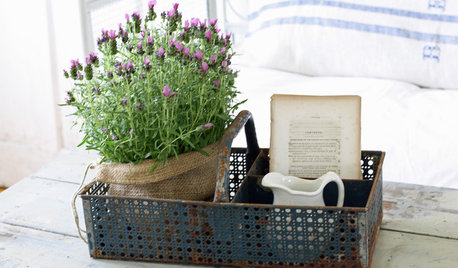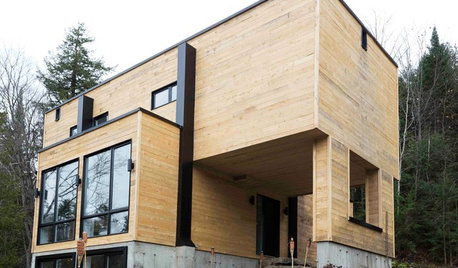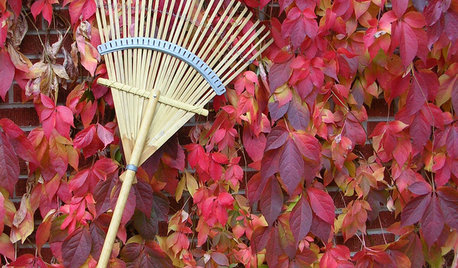general Q on dormancy/winterizing
Lynn Nevins
20 years ago
Related Stories

LIFE6 Ways to Beat the Winter Blahs
Snow and dark days dampening your spirits? These ideas will have you looking on the bright side
Full Story
HOUSEPLANTSOutsmart Winter — Make Houseplants of Your Garden Growers
No need to watch Jack Frost play Wreck the Rosemary. Bring your garden inside for the winter, using containers and these guidelines
Full Story
HOUSEPLANTSIndoor Winter Gardens for Cheerier Days
Bring plants inside for drab-days mood boosting — not to mention cleaner indoor air and protection for your greenery
Full Story
WINTER GARDENINGPruning Secrets for Exquisite Roses
Encourage gorgeous blooms year after year with this time-tested advice on how to prune your rosebush in winter for health and shape
Full Story
ARCHITECTUREHouzz Tour: Shipping Containers Make for an Unusual Home
Recycling hits the big time as a general contractor turns 4 metal boxes into a decidedly different living space
Full Story
EDIBLE GARDENSHow to Grow 10 Favorite Fruit Trees at Home
Plant a mini orchard in fall, winter or early spring to enjoy fresh-off-the-tree fruit the following year
Full Story
HOLIDAYSHouzz Call: Share Your Personal Holiday Traditions
What winter rituals mean the most to you and yours? Post your stories and pictures
Full Story
GARDENING GUIDES10 Top Native Plants for the U.S. Southeast
For a low-maintenance and wildlife-friendly landscape, use Southern natives that withstand heat and humidity
Full Story
GARDENING GUIDESYour November Garden Checklist
What to do around the U.S. this month to help your garden thrive — when you're not admiring fall's brilliant colors, that is
Full Story
GARDENING GUIDES10 Cold-Hardy Succulents for Cool-Season Interest
These attractive plants shrug off colder temperatures, and many can be brought inside in containers in extra-chilly climates
Full Story





Lynn NevinsOriginal Author
Lynn NevinsOriginal Author
Related Professionals
Kenmore Landscape Architects & Landscape Designers · Roosevelt Landscape Architects & Landscape Designers · Signal Hill Landscape Architects & Landscape Designers · Roxbury Crossing Landscape Architects & Landscape Designers · Allentown Landscape Contractors · Edmond Landscape Contractors · Chesapeake Ranch Estates Landscape Contractors · Estelle Landscape Contractors · Oak Forest Landscape Contractors · Sun Valley Landscape Contractors · Frankfort Solar Energy Systems · Holliston Solar Energy Systems · Palo Alto Solar Energy Systems · Wakefield Solar Energy Systems · Grand Rapids Driveway Installation & MaintenanceSaypoint zone 6 CT
Lynn NevinsOriginal Author
gardengal48 (PNW Z8/9)